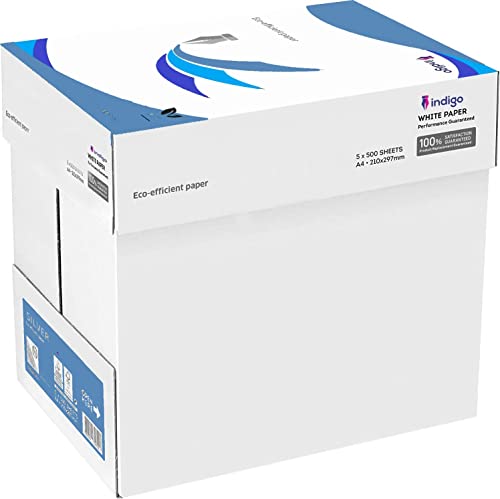Making the Right Choice for Jam-Free Printing
If you’ve ever experienced the frustration of a printer jam, you know how it can bring your work to a screeching halt. Printer jams can be caused by a variety of factors, but one common culprit is the type of paper being used. Not all printer paper is created equal, and some are more prone to causing jams than others. So, which printer paper is least likely to jam? Let’s explore the options.
Consider a Laser Printer
If you’re looking for printer paper that is less likely to jam, it’s worth considering a laser printer. Laser printers use a different printing method than inkjet printers, resulting in less likelihood of paper jams. The heat from a laser printer helps to bond the toner to the paper, reducing the chance of paper sticking together or getting caught in the printer’s mechanisms. Laser printer paper, typically available in a heavier weight, is designed to withstand the higher temperatures and faster printing speeds of laser printers.
Look for a Smoother Surface
When it comes to inkjet printers, one key factor in preventing paper jams is the smoothness of the paper surface. Rough or textured papers may cause the inkjet printer to have difficulty feeding the paper through properly, increasing the likelihood of a jam. Look for inkjet printer paper that specifically states it has a smooth surface or is designed to prevent jams. These papers are often coated with a special material that helps the ink dry more quickly and prevents smudging, as well as provides a smoother surface for easier feeding through the printer.
Opt for Acid-Free and Archival-Quality
Another consideration when choosing printer paper is its acidity level. Acidic paper can degrade over time, becoming brittle and yellowed. Not only does this affect the longevity and appearance of your printed documents, but it can also contribute to paper jams. Acidic paper is more likely to break or tear, causing jams in your printer. Opting for acid-free and archival-quality paper ensures that your printed documents will stand the test of time without contributing to printer jams along the way.
Check the Weight and Thickness
The weight and thickness of the paper can also play a role in its likelihood to jam in your printer. While heavier weight papers may feel more luxurious, they can also cause more strain on your printer’s mechanisms, leading to paper jams. Lighter weight papers are generally more flexible and easier to feed through the printer without causing jams. When selecting printer paper, check the weight and thickness specifications to ensure you are choosing a paper that is compatible with your printer’s capabilities.
Consider a Trusted Brand
When it comes to printer paper, choosing a trusted brand can make a difference in its performance. Well-established brands often invest in research and development to create paper that is specifically designed for optimal performance in printers. These brands understand the challenges of printing and strive to produce paper that minimizes paper jams. Look for brands that are known for their printer paper, and read reviews to see what other customers have experienced with their products.






